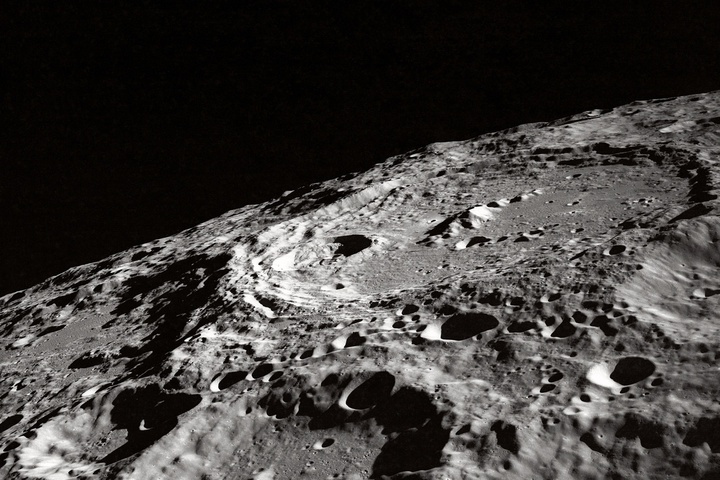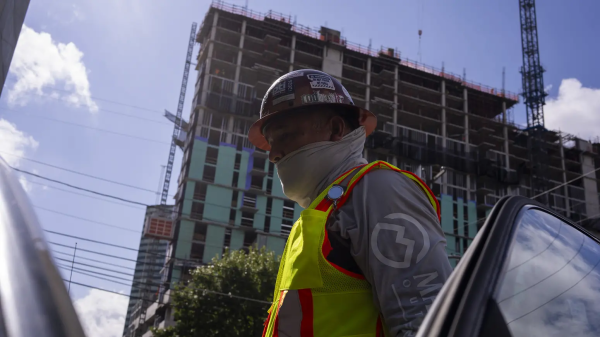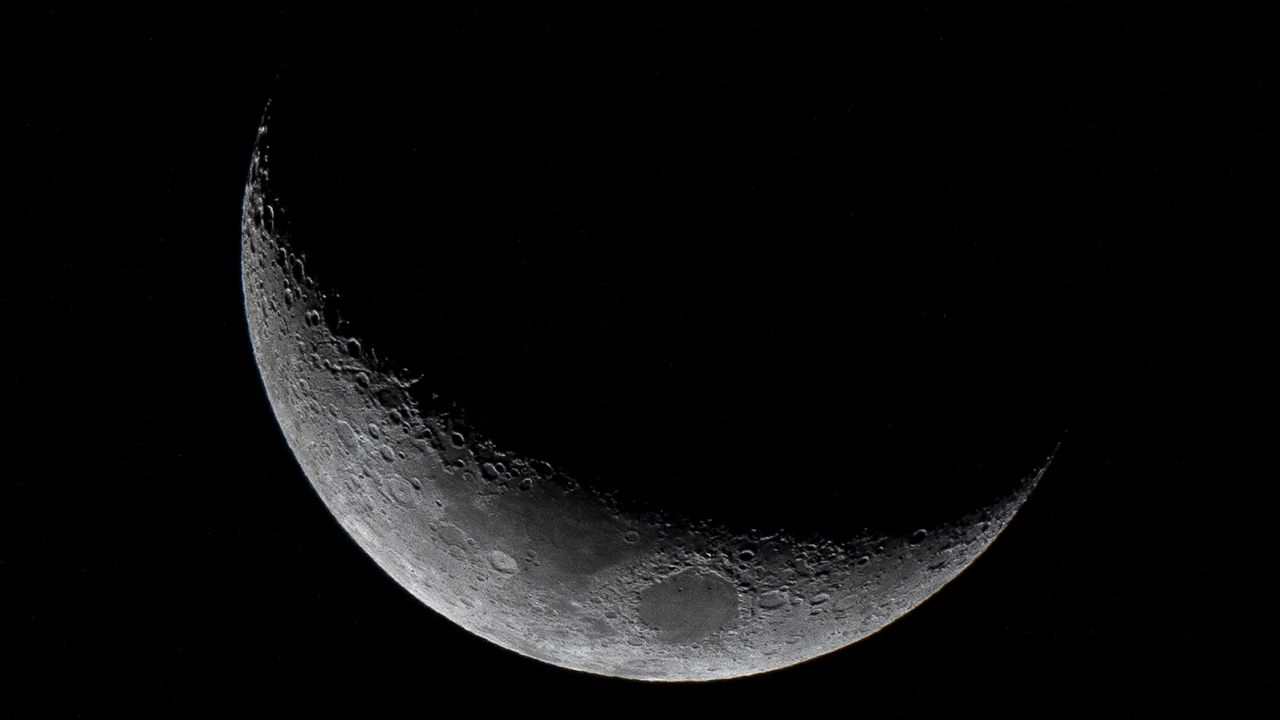Scientists have successfully captured images of the top 1,000 feet of the surface of the moon, something that had never been done before.

Upper 1,000 Feet Of The Surface Of The Moon Visualize By Scientists For The First Time|HeroX
China’s rover successfully mapped about 1,000 feet of hidden structures located in the deep, unexplored region of the surface of the moon.
These captured images of the top 1,000 feet of the surface of the moon have unveiled billions of years of lunar history that were previously unknown.
China’s Change-4 spacecraft, which landed on the far side of the surface of the moon in 2018, has been capturing impressive images of impact craters and collecting minerals from the moon’s mantle. Recently, it has allowed scientists to gain a clearer and more detailed understanding of the upper layer of the surface of the moon, revealing its structure like a layer cake.
In 2020, scientists utilized Yutu-2’s LPR (Lunar Penetrating Radar) to create a map of the top 130 feet of the surface of the moon. However, until recently, they had not explored deeper layers of the moon.
ALSO READ|To The Moon’s Dark Side, A Race Has Began!
New data found that the uppermost 130 feet of the surface of the moon consists of various layers composed of dust, soil, and fragmented rocks.
Scientists have found five layers of lunar lava on the surface of the moon. These layers were formed billions of years ago and have spread across different surface of the moon, according to Slashdot.
According to scientists, the moon was formed around 4.51 billion years ago when a Mars-sized object collided with Earth and a piece of our planet broke off. Over the course of about 200 million years, the cracks on the surface of the moon were caused due to being hit by various objects from space.
Similar to Earth, the moon had molten material known as magma in its mantle, which escaped through the cracks and led to a series of volcanic eruptions, Slashdot added.
Lead study author Jianqing Feng, an astrogeological researcher at the Planetary Science Institute in Tucson, Arizona said that the recent data from the Change-4 mission indicates a slowdown in the volcanic activity on the moon over time.
The layers of volcanic rock were observed to become thinner as they got closer to the moon’s surface, suggesting reduced lava flow in later eruptions compared to earlier ones.
This indicates that the moon was gradually cooling down and losing its energy in its later volcanic stage. However, there is still a possibility of magma existing deep beneath the surface of the moon.
READ MORE|China’s rover maps 1,000 feet of hidden ‘structures’ deep below the dark side of the moon
























